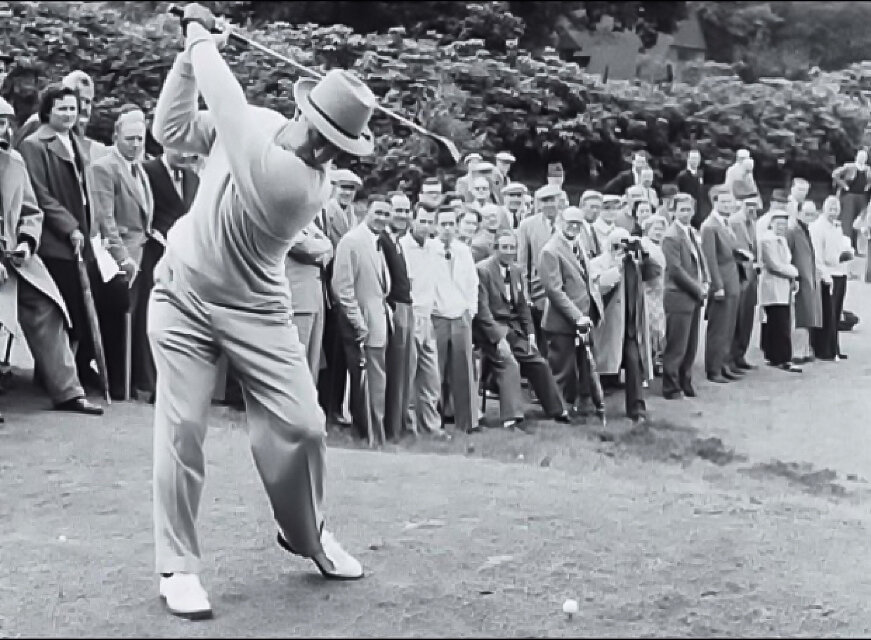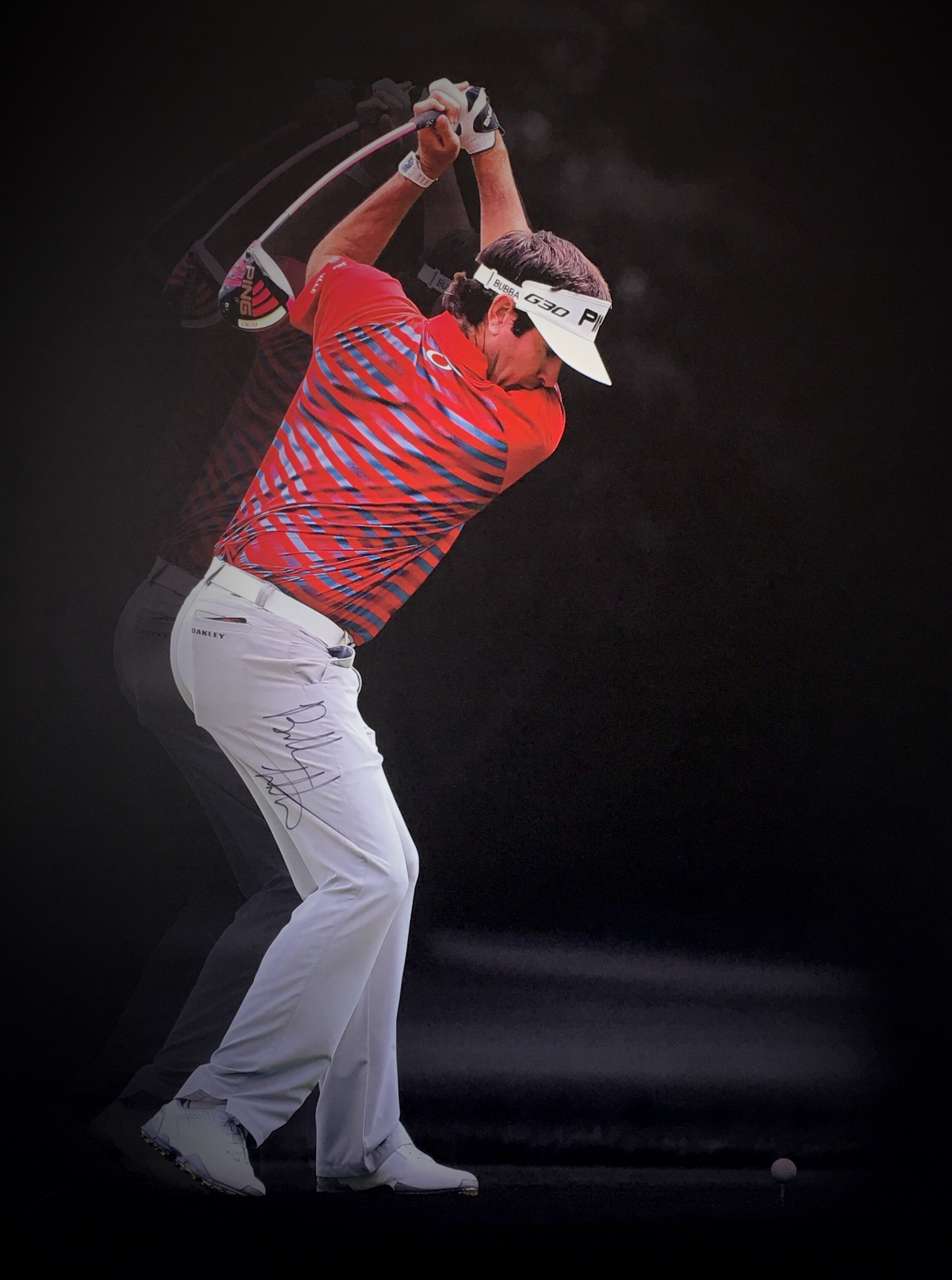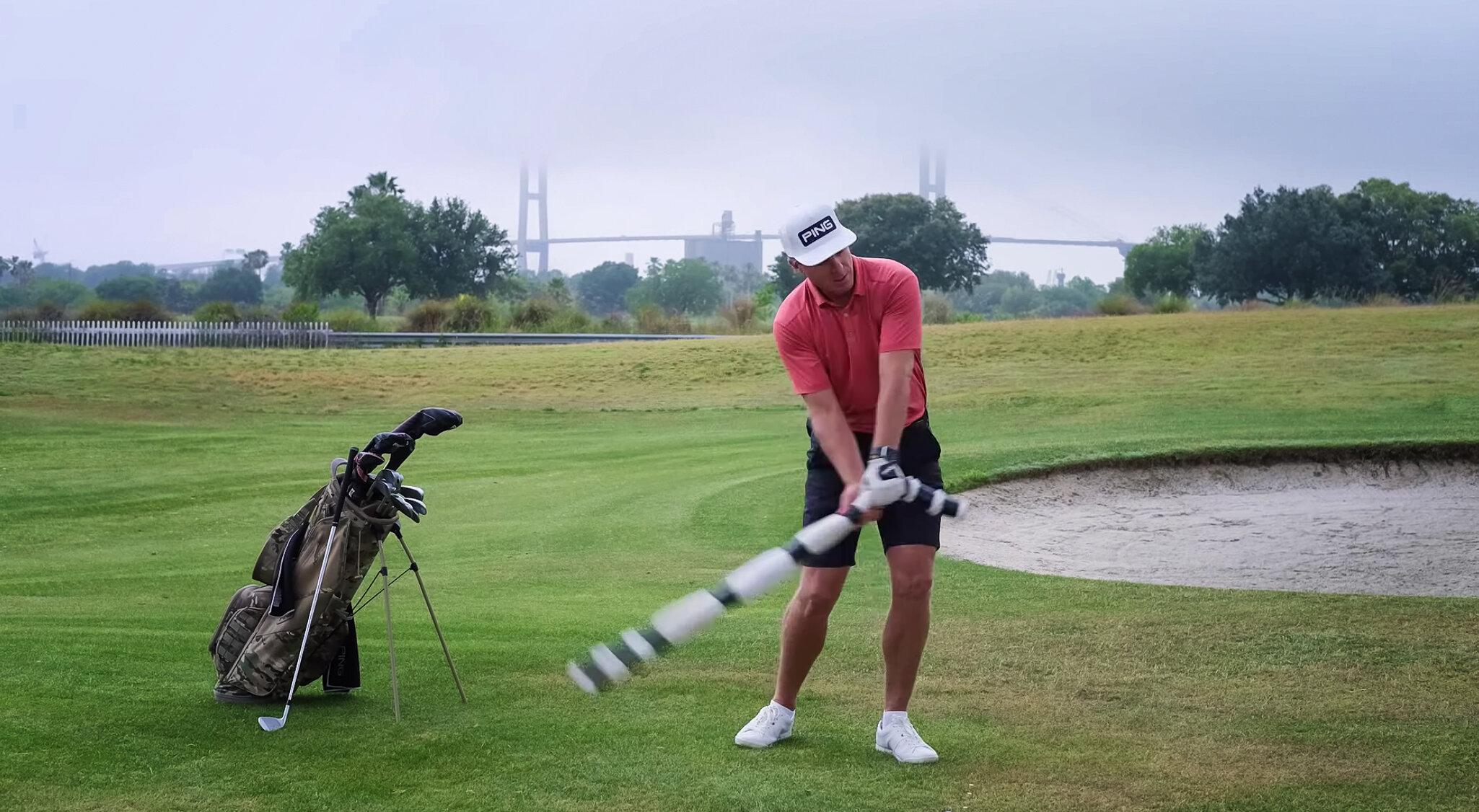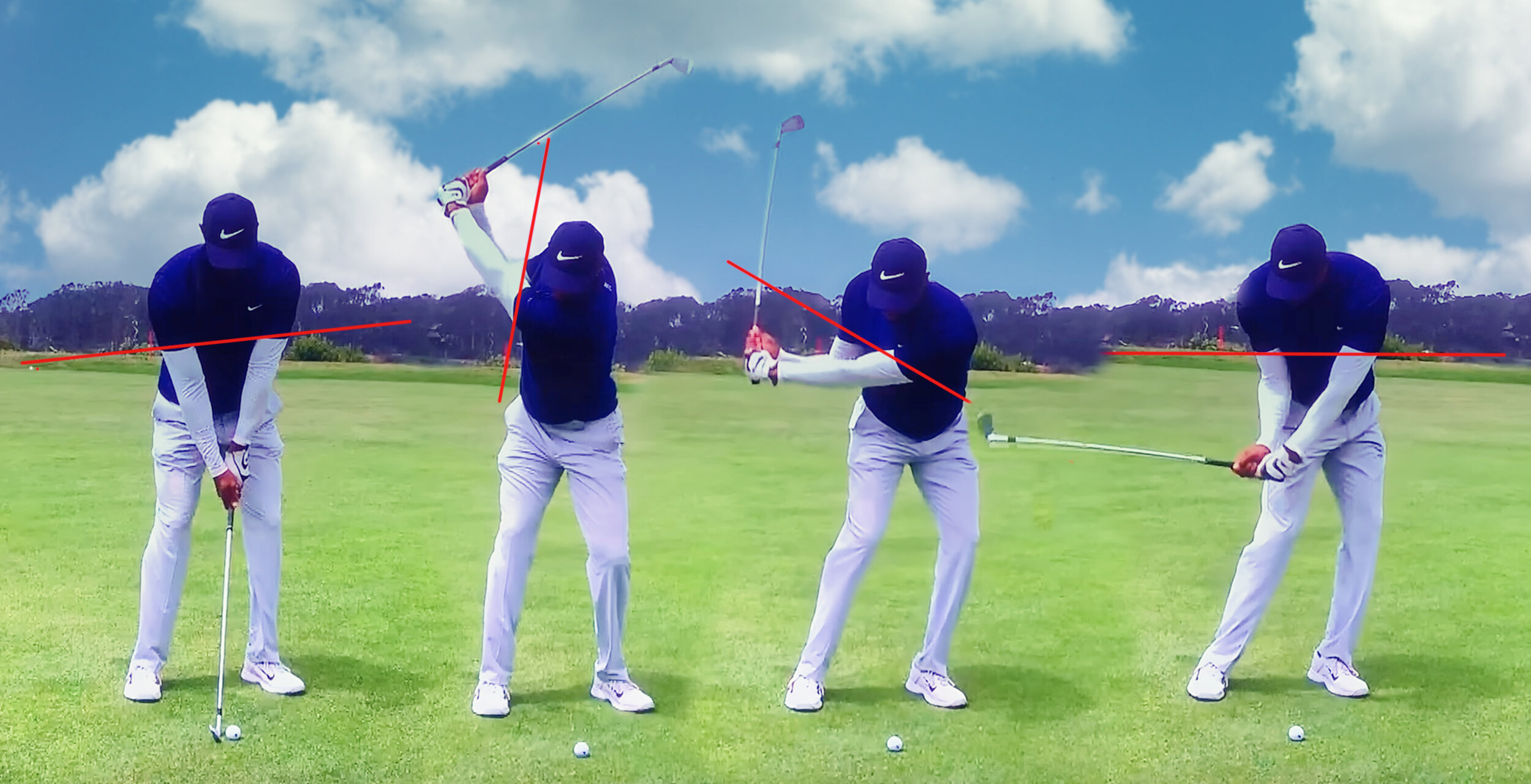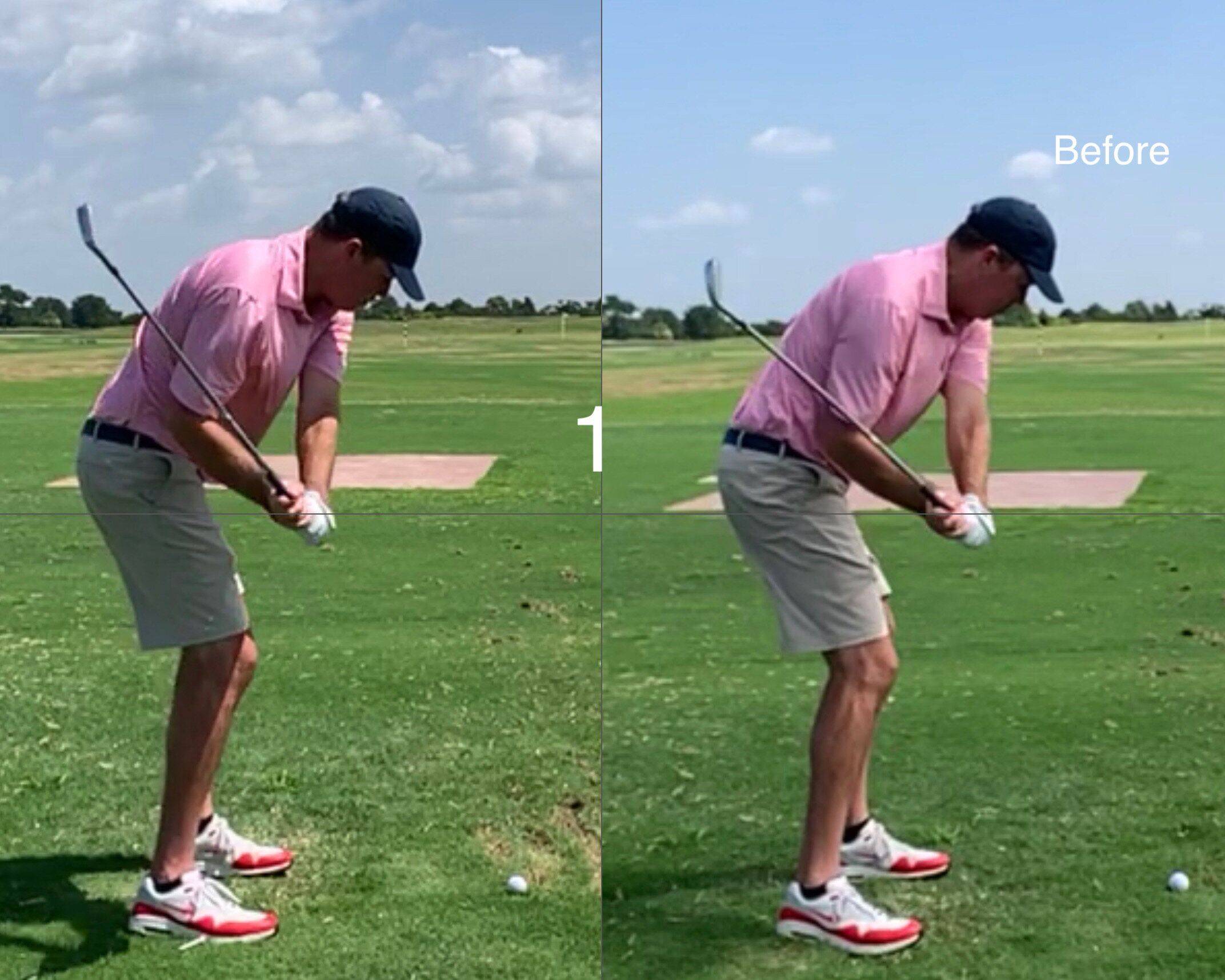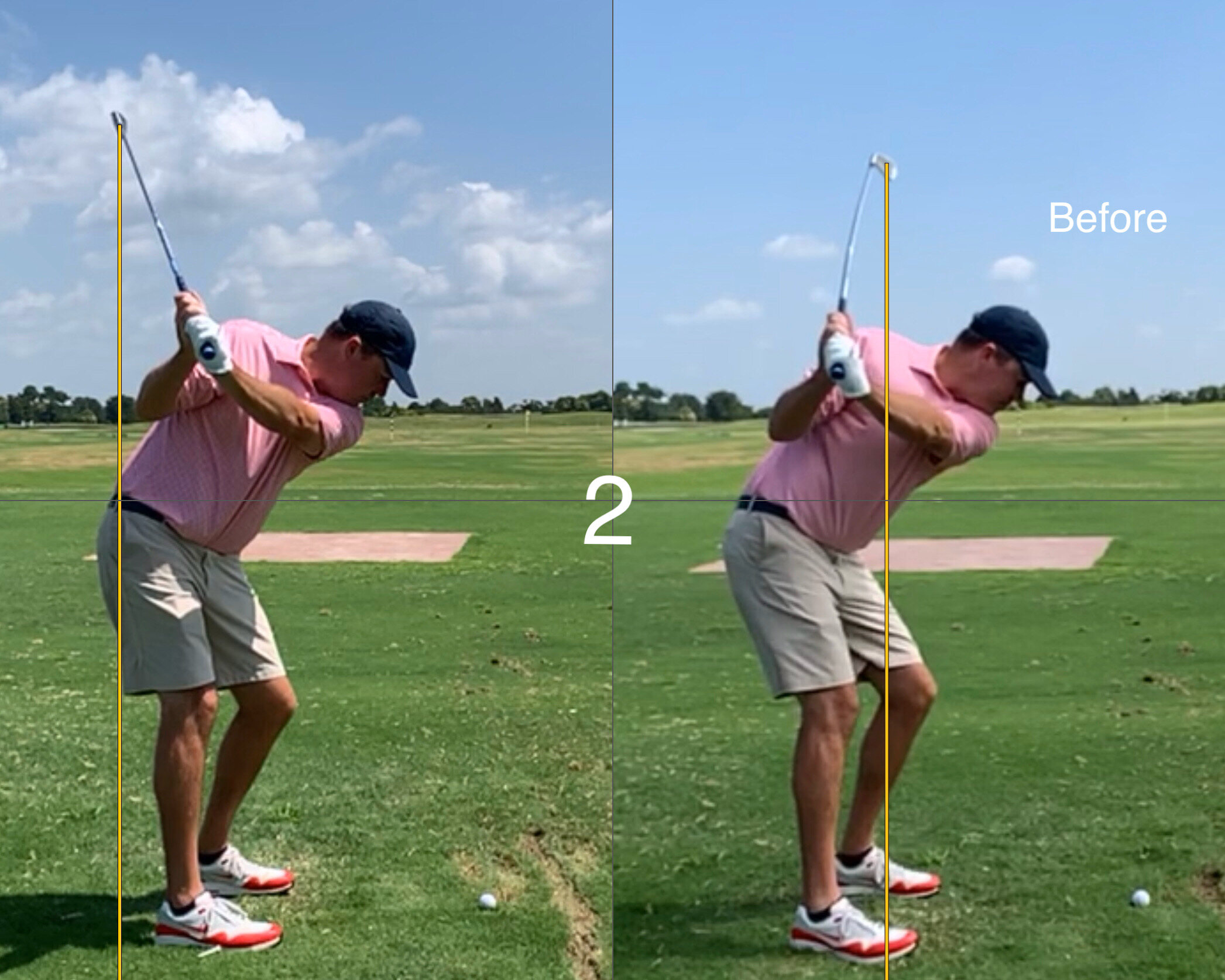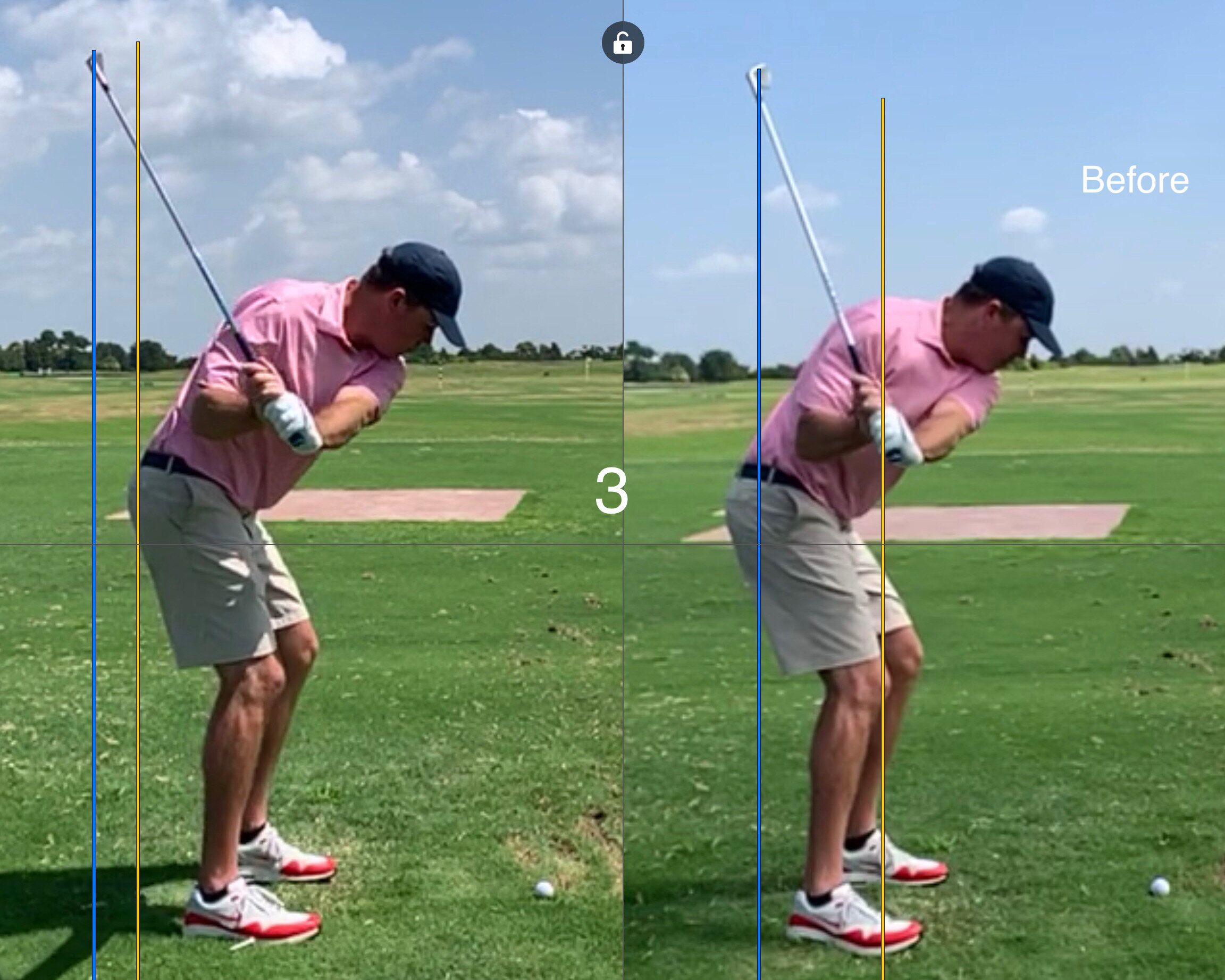An Important Chip Tip!
/As golfers we typically don’t have very good awareness regarding how we are moving. We know what we should be doing, but we have a hard time executing the intended move. My explanation in the following video addresses one such situation. Watch…
A few notes:
I know this might sound contrary to what you’ve been trying to do for a long time, but consciously try to move forward and up through the strike
Feel that the trail shoulder makes a concerted “push” towards the target throughout the downswing
Something that has worked for my students and I has been to push off the trail foot on the way down into impact
Don’t ever try to stay down or back
Watch what two of the best in the business do on the way into impact. Mr. Jose Maria Olazabal and Mr. Brett Rumford…
I hope you find some of these ideas to be helpful to your game and that ultimately you are able to experience more joy out on the golf course. Thanks for reading and watching!
Are you interested in golf travel? If so we are going to South Africa this coming January 2022. Here’s an incredible brochure on our trip and what we have planned - SOUTH AFRICA 2022






